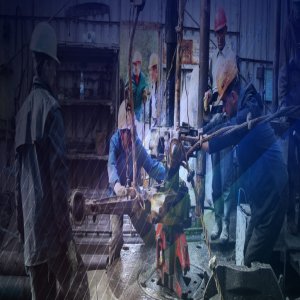
A Case Of Successful Streamlining In E&P Regulation
Since the enactment of the 2013 Energy Reform, Mexico has opened its doors to international, private and public investors who have carved out a larger participation in the hydrocarbon industrial value chain. This happened across the upstream (exploration and production), midstream (transportation, storage and commercialization) and downstream (refining, petrochemistry and retail) segments. To oversee the developments, the country created and strengthened new coordinated regulators. Oil and gas operators interested in participating in Mexico's hydrocarbon sector need to comply with all the rules and guidelines that the regulators enforce.
Activities related to industrial and operational safety and security, along with environmental protection, hydrocarbon exploration and production, are regulated and supervised by the National Agency of Industrial Safety and Environmental Protection of the Hydrocarbons Sector (ASEA), according to all standing and applicable legislation.
One of the regulatory instruments issued by ASEA to fulfill this objective is the legal package known as the “Hydrocarbon Exploration and Production Guidelines,” published in the Official Gazette of the Federation on Nov. 9, 2016. These guidelines include 19 procedures that must be completed, divided into two sequential modalities: three must be completed as “Commencement of Activity Announcements,” and the other 16 must be completed as “Operational Change Announcements.”
These requirements were later changed on June 7, 2019, when the “Modifying Agreement to the Hydrocarbon Exploration and Production Guidelines” was published in the Official Gazette of the Federation. This agreement was the result of incorporating into the regulatory framework both the concerns of operators and also the experiences of ASEA working with those operators, resulting in guidelines that represented a lesser administrative burden for oil and gas operators.
The “Modifying Agreement to the Hydrocarbon Exploration and Production Guidelines” calls for the obligatory completion of only eight procedures, also divided into two sequential modalities: two “Commencement of Activity Announcements” and six “Conclusion of Activity Announcements.” These procedures improve delivery dates to the benefit of operators. It also reduces the number of unnecessary requirements, making operational execution safer and more effective. The comparative table above illustrates these changes.
The original guidelines also called for a “Risk Analysis Technical Dictum” and an “Engineering Technical Dictum” to be submitted for each well. However, in the modified agreement, ASEA recognizes important differences in process-associated risk and engineering that depend on the type of well that is being drilled. Considering this, the modified agreement only requires that technical dictums be submitted for the three types of wells that represent an increased level of risk and complexity. These types are:
- Exploration Wells
- Model Wells
- Deepwater and Ultra Deepwater Wells
These changes in regulation have strengthened the effective execution of hydrocarbon exploration and production activities in Mexico. These activities continue to take place under the highest standards of safety and environmental protection. However, Mexican legal normativity will undoubtedly continue to be modified to satisfy the changing needs of the sector.
Oleum Servicios y Dictaminación Técnica is a Mexican company that offers a variety of services to players in the industry, including technical opinions and evaluations, engineering and consultancy services.



















